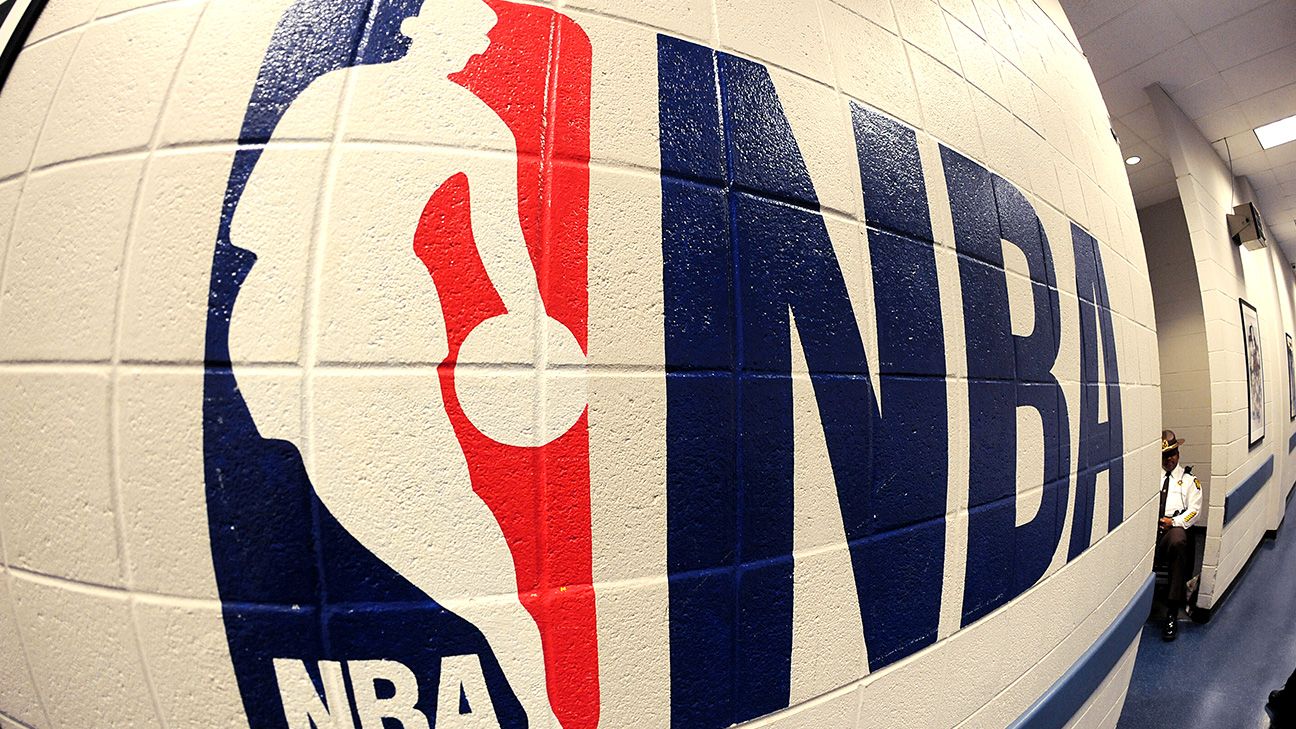Following worldwide suspensions of basketball activities amid the coronavirus outbreak, NBA front office executives, draft prospects, agents and college coaches say they are bracing for the potential impact of a delayed 2020 NBA draft with a heavily reduced pre-draft process.
Finishing out this NBA season could mean playing the NBA Finals late into the summer, well past June 25, the scheduled date of the draft. Proceeding without a normal pre-draft process — an outcome that is looking like a real possibility due to time and travel concerns, according to sources — would require all parties to reset expectations about how to approach the draft. For instance, players would likely find it more difficult to directly affect their draft standing without the usual workouts, interviews, combine and other elements of the process.
The pre-draft process usually involves a substantial amount of commercial travel for both NBA executives and prospects. This year, according to sources, that might be limited by the risks associated with COVID-19, so NBA front offices are preparing for the possibility of making decisions about prospects without the usual access to workouts, a combine or pro days. That would lead to an increase in watching the available video — including full college, international, high school and AAU games.
A delayed pre-draft process and NBA draft would have large ripple effects. College coaches could be left waiting to shape their rosters, not knowing which underclassmen are returning. Several agents say that their current focus is on keeping the professional players they have rather than adding new clients, especially prospects expecting expensive training, housing and other costs before officially joining an NBA team.
The NCAA currently has a hard deadline of June 3 by which underclassmen will need to withdraw their names from draft consideration in order to remain eligible for college basketball the following season. That date might be subject to change if the draft is pushed back.
According to one team executive, there’s been no guidance so far from the league on what a delayed schedule would mean for the draft, though more information could come after the next meeting of the NBA Board of Governors.
The NBA league office is focused on solving the questions around its core revenue-driving businesses, sources told ESPN. That includes determining whether, when and how to complete the NBA season’s interrupted schedule of regular-season and playoff games — making plans for a pre-draft process that would typically ramp up at about this time of year less of a priority.
“The draft is the last thing on their list,” the executive said. “We saw it in the collective bargaining agreement negotiations in 2016. They never even got to [the draft]. Revenue drivers will come first, and then we’ll see what happens with the draft after all that gets figured out. It might be a while.”
Despite the limitations, some NBA executives think a new process might lead to more informed decisions on draft day.
“The months of May and June are full of distractions for NBA teams,” one general manager told ESPN.
Other executives think that the best organizations will find ways to separate themselves.
“Losing conference tournaments, March Madness and workouts means that bad teams won’t be able to play catch up after being asleep at the wheel for most of the season, and that’s where having an experienced staff who has been out working all year will play huge dividends,” an assistant GM told ESPN. “If you don’t have accurate measurement data on all the players in the draft at this stage, you’re [probably] not going to get them anymore from individual workouts or the combine.”
Multiple NBA executives mentioned that how to conduct medical examinations will be one of the key issues to solve in the coming months. Teams go to great lengths to gather players’ injury histories, and the league has players invited to the NBA combine in Chicago go through a battery of tests. Every year, players see their draft stock fall because of medical red flags that pop up during this process.
Without being able to gather 80 players in one place for a combine, the league will need to be creative if it’s going to acquire this information. One executive mentioned the possibility of all 30 teams pooling resources, voting on 80 to 100 players they’d like to test and then organizing visits for players to visit local hospitals — if they’re available — or private facilities in their area where comprehensive physicals can be conducted.
Of course, getting such broad cooperation could be difficult.
“This is the year to shut players down,” one NBA team president said. “If a team wants to keep those medicals out of the hands of 29 other organizations, they might try and lock down that player with a promise that they’ll draft them. It wouldn’t surprise me if agents decided to go out and do their own medicals, and then dispersed them to the teams of their choosing to try and guide players to specific situations.”
In some situations, teams with high draft picks may try to charter flights for top prospects to conduct interviews, undergo medical examinations and possibly do a light workout. However, with players in self-isolation, injury risks could rise, since conditioning levels could suffer during this period. That means workouts might not even be an option, even if flights are possible.
And with the projected loss of league-wide revenue, some front offices are preparing for owners to instruct teams to keep expenses to a minimum. While teams would like to spend the money to meet with prospects face-to-face, many are expecting that they will have to settle for video conferences instead.
